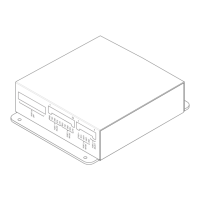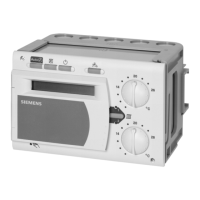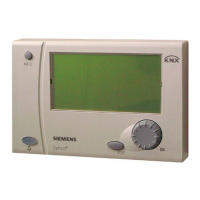Chapter 1
Introduction
RUGGEDCOM ROS
User Guide
20 Cmd
In this example, starting from byte 3 until the end, the response presents an ASCII representation of the
characters for the product identification, which reads as SYSTEM NAME. Since the length of this field is smaller
than eight registers, the rest of the field is filled with zeros (0).
Section 1.7.3.2
Cmd
The Cmd format instructs the device to set the output to either true or false. The most significant byte comes first.
• FF 00 hex requests output to be True
• 00 00 hex requests output to be False
• Any value other than the suggested values does not affect the requested operation
For example, consider a Write Multiple Registers request to clear alarms in the device.
0x10 0x00 0x80 0x00 0x01 2 0xFF 0x00
• FF 00 for register 00 80 clears the system alarms
• 00 00 does not clear any alarms
The response may look like:
0x10 0x00 0x80 0x00 0x01
Section 1.7.3.3
Uint16
The Uint16 format describes a Standard ModBus 16 bit register.
Section 1.7.3.4
Uint32
The Uint32 format describes Standard 2 ModBus 16 bit registers. The first register holds the most significant 16
bits of a 32 bit value. The second register holds the least significant 16 bits of a 32 bit value.
Section 1.7.3.5
PortCmd
The PortCmd format describes a bit layout per port, where 1 indicates the requested action is true, and 0
indicates the requested action is false.
PortCmd provides a bit layout of a maximum of 32 ports. Therefore, it uses two ModBus regsiters:
• The first ModBus register corresponds to ports 1 – 16
• The second ModBus register corresponds to ports 17 – 32 for a particular action
Bits that do not apply to a particular product are always set to zero (0).
A bit value of 1 indicates that the requested action is true. For example, the port is up.
A bit value of 0 indicates that the requested action is false. For example, the port is down.

